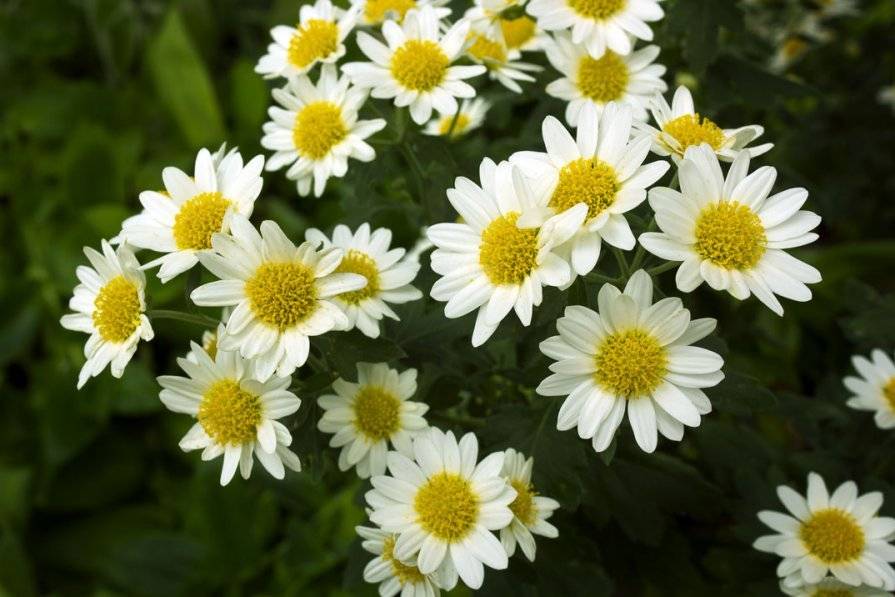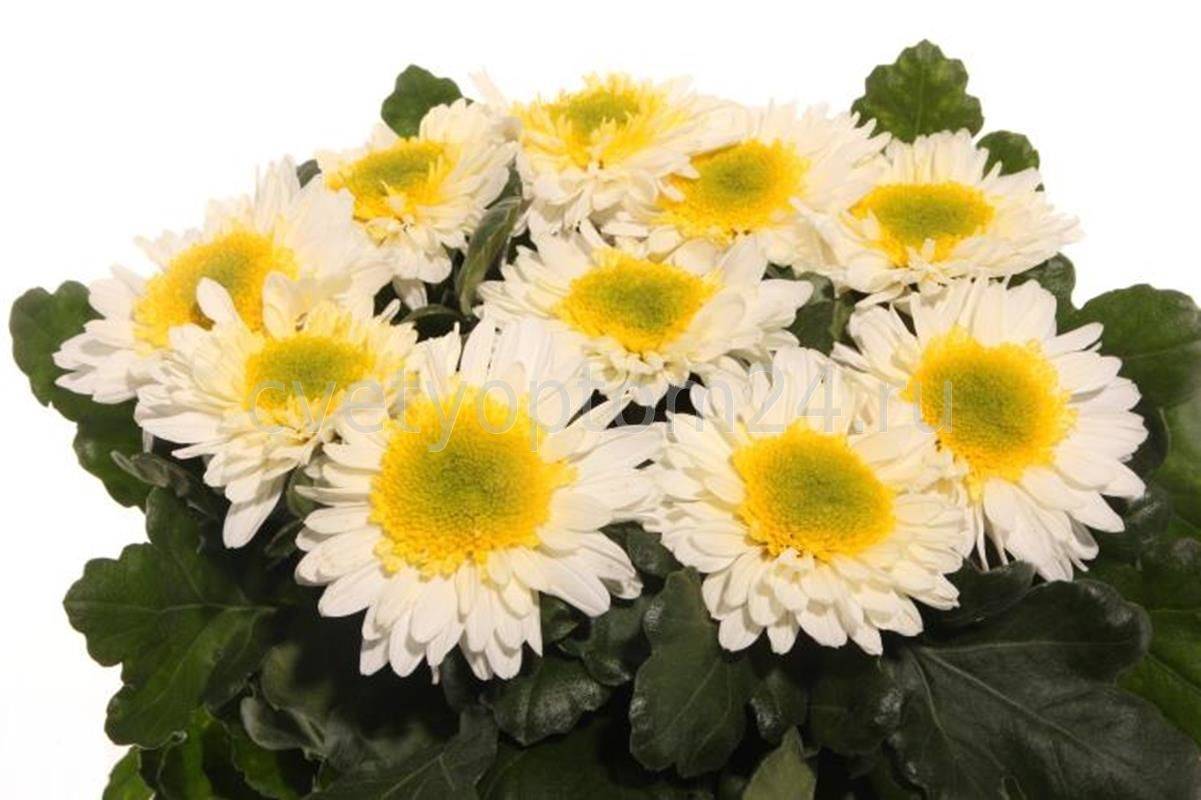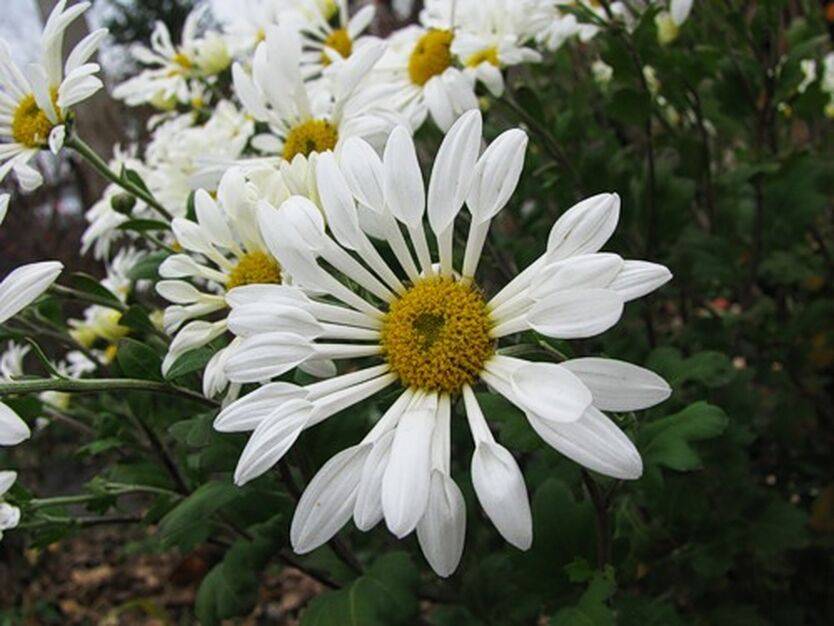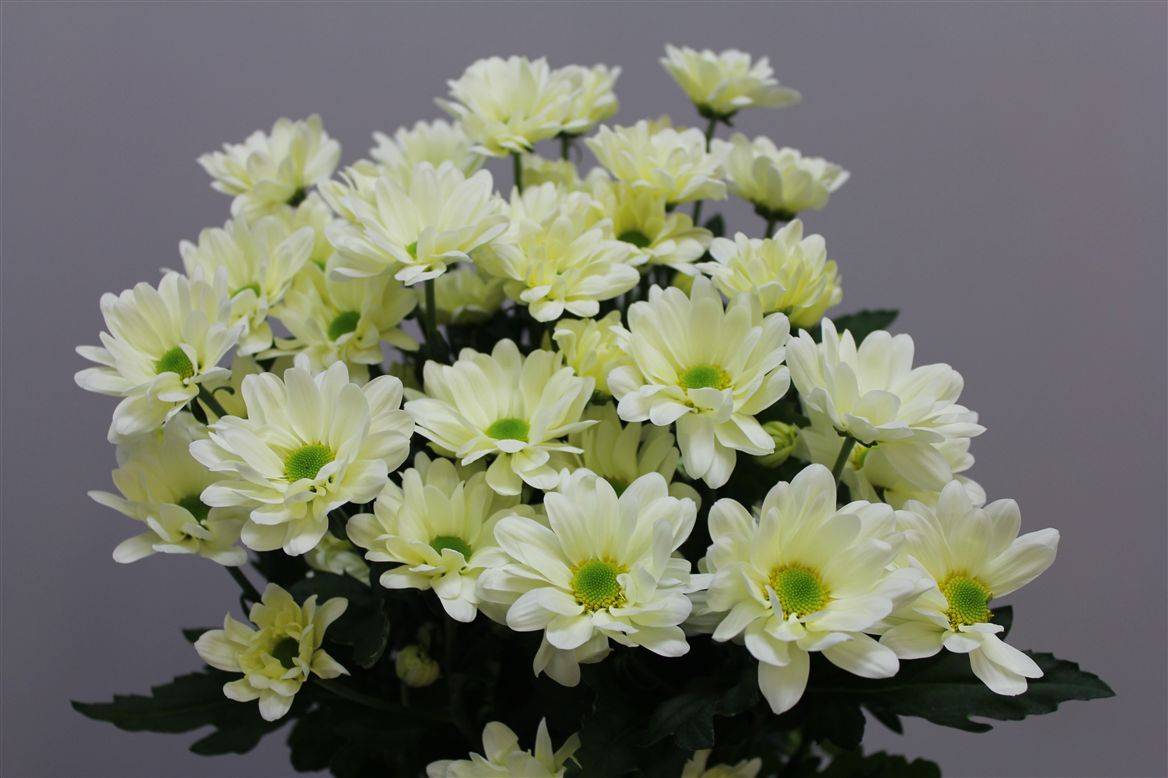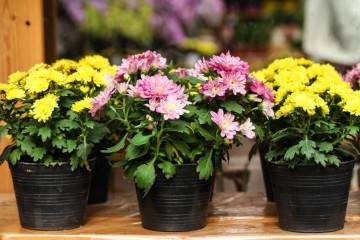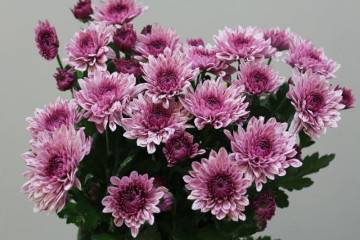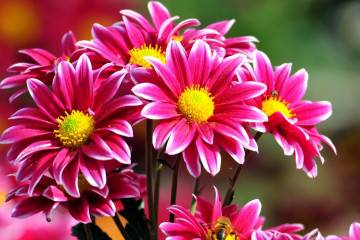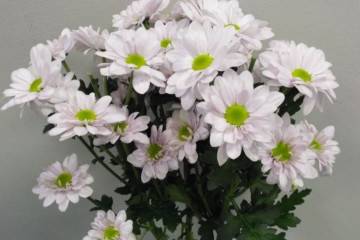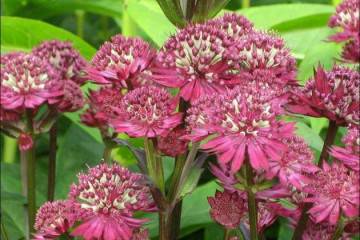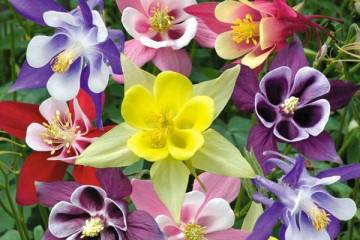Chrysanthemum chamomile - what is this flower
Content:
- Chrysanthemum chamomile - what is this shrub plant, which family it belongs to
- Varieties of indoor plants with names, what they look like
- Growing chamomile chrysanthemums outdoors and at home
- How to care for a flower at home
- Planting and caring for a plant when grown outdoors
- Features of flowering plants
- Flower propagation methods, when it is better to do it
- Growing problems, diseases and pests
A shrub perennial with chamomile-like inflorescences decorates gardens, parks, and window sills. Modern varieties demonstrate all the qualities so beloved by flower growers: disease resistance, long flowering period, undemanding care.
Chrysanthemum chamomile - what is this shrub plant, which family it belongs to
The winter-hardy perennial belongs to the department of angiosperms (Angiospermae), the family of Compositae or Asteraceae (Asteráceae). The exact Latin name is Chrysanthemum. Chrysanthemum or chamomile inflorescence - basket, fruit - achene. The growing area is a temperate zone.
Brief description, history of origin or selection
In China, the history of the cultivation of perennial chrysanthemums goes back centuries. Written sources mention it for the first time in the 5th-6th centuries. BC. In Europe, interest in the flower arose in the 18th century. In our country, chamomile chrysanthemums have become popular not so long ago, but the number of various varieties is very large.
All small chrysanthemums, like chamomile, come with simple and semi-double inflorescences. The middle of the basket flower usually consists of short, tubular, yellow flowers.
According to the shape of the bush, there are 2 varieties:
- Shrub. A spherical plant of small height with yellow-white flowers, very similar to chamomile.
- Tree-like. It can reach a height of 1.5 m. An upright bush can bloom in different shades: white, pink, red, purple, lilac, cream.
The leaf is large with a jagged edge, green or dark green. The stem is massive and thick. For tall varieties, a support or fence is usually organized.
The use of chamomile chrysanthemums in landscape design and in bouquets
Low-growing varieties decorate mainly the curbs along the paths. Tall ones are used to decorate the central part of flower beds and flower beds. The combination of plants with different shades of flowers in one composition looks especially decorative.
There are many undersized varieties available for growing in pots and containers, conservatories and window sills. For cutting, chamomile chrysanthemum is rarely used, only large-flowered varieties.
Varieties of indoor plants with names, what they look like
In indoor floriculture, chamomile chrysanthemums have become popular relatively recently. The most popular and well-known varieties are listed below.
Chrysanthemum Inga (Inga Chrysanthemum)
An interesting variety with a large double corolla.The marginal petals are beige or white, and the central tubular flowers in incompletely opened inflorescences are green, and then turn lemon yellow.
The height of adult bushes is up to 70 cm. The shoots are even, straight, the leaves are large, with a strongly indented edge, but not numerous.
Chrysanthemum Camille (Camille Chrysanthemum)
The most camomile-like variety is called that, the difference is not easy to notice. Its medium-sized (up to 4 cm in diameter) corollas have several rows of long white petals along the edges of the baskets and a yellow center. Can be grown indoors and for cutting, cut shoots retain their freshness for up to 5-6 days.
Chrysanthemum Lacemaker (Chrysanthemum Crugevnica)
The autumn variety has white or yellow outer long petals on a non-double corolla. Each of these petals is shaped like a spoon, which creates a very interesting effect. The core of the flower is yellow. Bushes are 55-75 cm high. Light green straight shoots are covered with elongated dissected leaves. Corolla size 7-8 cm.
Chrysanthemum Prosseco
The creamy, velvety, wide and long petals of a non-double flower with a greenish-yellow core make Proseco look very chamomile-like. The dark green leaves are large and also have a velvety surface. The variety is distinguished by a pleasant sweetish aroma with noticeable herbaceous notes; it is appreciated for its high-quality cut that does not fade for a long time.
Growing chamomile chrysanthemums outdoors and at home
The rules of agricultural technology at home and outdoors are similar. You can take a chance and purchase a bush variety for your windowsill if you can provide good lighting. Without it, it is impossible to achieve beautiful flowering either outdoors or indoors.
How to care for a flower at home
On sale you can find a multi-colored potted chrysanthemum, which will delight you with its flowers for the holiday. It is quite possible to preserve it and achieve repeated distillation of the buds, following some rules.
Illumination and temperature conditions
The need for sunlight in chrysanthemums is high. Penumbra does not suit them. Indoor cultivation will require an eastern or southern window sill, or artificial lighting up to 10-12 hours.
In greenhouses where chrysanthemums for cutting are grown all year round, they are kept at a temperature in the range of + 13-18 ° C. It is known that when it warms above +19 ° С, flowering stops, the maximum permissible heating is up to +25 ° С.
Watering rules and humidity
Chrysanthemum chamomile is moisture-loving, but does not tolerate waterlogging. Watering is carried out after the soil in the pot is half dry. Water needs soft, settled for several days or boiled. Spraying is not required.
Top dressing and soil quality
The soil for planting and transshipment is used as a universal or for indoor flowering plants with a neutral acid-base reaction. For looseness, vermiculite and sand are added to it. Top dressing is applied from spring to autumn with an interval of 1 time in 2 weeks. Complex mineral formulations, such as Agricola for Blossoms, are ideal.
Flower container size
The pot should not significantly exceed the size of the flower's root system, as this negatively affects the quality of flowering. Every year, transferring the bush to a new container, its diameter is increased by only 1-1.5 cm.
Pruning and replanting
Young bushes up to 5 years old are transplanted every year. Adults need a transplant much less often - every 2-3 years. Pruning is done every fall after flowering is complete. All shoots are cut, leaving hemp 5-7 cm high. The foliage is removed completely.
Planting and caring for a plant when grown outdoors
Chrysanthemums can be planted on flower beds in spring - in May, or in autumn - from September until the start of frost. Flower care consists in watering, removing wilted flowers. If in the region in winter the temperature drops below -30 ° C, then it is advisable to cover the bushes with dry foliage, spruce branches or agrotextile.
Features of flowering plants
With proper care, with the beginning of the reduction in daylight hours, the chrysanthemum begins to distill the buds.
A period of activity and rest
From the beginning of flowering, which is determined depending on the variety, to its end, an average of 10 weeks pass. Some new hybrids take even longer to bloom. It is very important that at this time the bushes get as much sun as possible. Following the wilting of the last flower, a dormant period begins until spring.
Types and shape of flowers
Indoor chamomile chrysanthemum comes with simple and semi-double corollas of various colors. The diameter of the flower ranges from 3-8 cm.
Flower propagation methods, when it is better to do it
It is not difficult to propagate an existing plant, especially when it comes to a variety, not a hybrid. After all, then you can use all methods, including seed.
Seed propagation
Sowing is carried out in late February or early March. The germination period is 12-14 days. Seedlings dive at the stage of 3-4 true leaves. Seedlings are grown until the soil in the flower beds warms up to + 10-12 ° C, so that they can be transplanted immediately. Hardening of seedlings is carried out a week before planting in open ground.
Propagation by cuttings
Cuttings from the tops of the shoots can be cut at any time from spring to autumn. Depending on this, a large or very weak bush will go for the winter. Cuttings can be rooted in water or directly in the ground, no greenhouse is required. The term for the formation of roots is up to 1 month.
Growing problems, diseases and pests
Indoors, chamomile chrysanthemums are threatened by fungal diseases and the most common pests: spider mites, aphids, thrips.
How to deal with them
Well-known drugs are used for diseases: "Topaz", "Fundazol". Depleted plants can be treated with Zircon solution to maintain strength. If traces of pests are found, it is necessary to carry out a three-fold treatment (interval 5 days) by spraying with Fitoverm. From root pests, sprouts are watered with Aktara solution.
Chrysanthemums like daisies are beautiful and delicate flowers that adorn gardens and windowsills. They are easy to grow, and with a properly organized wintering, in the spring, old bushes will delight young shoots.
